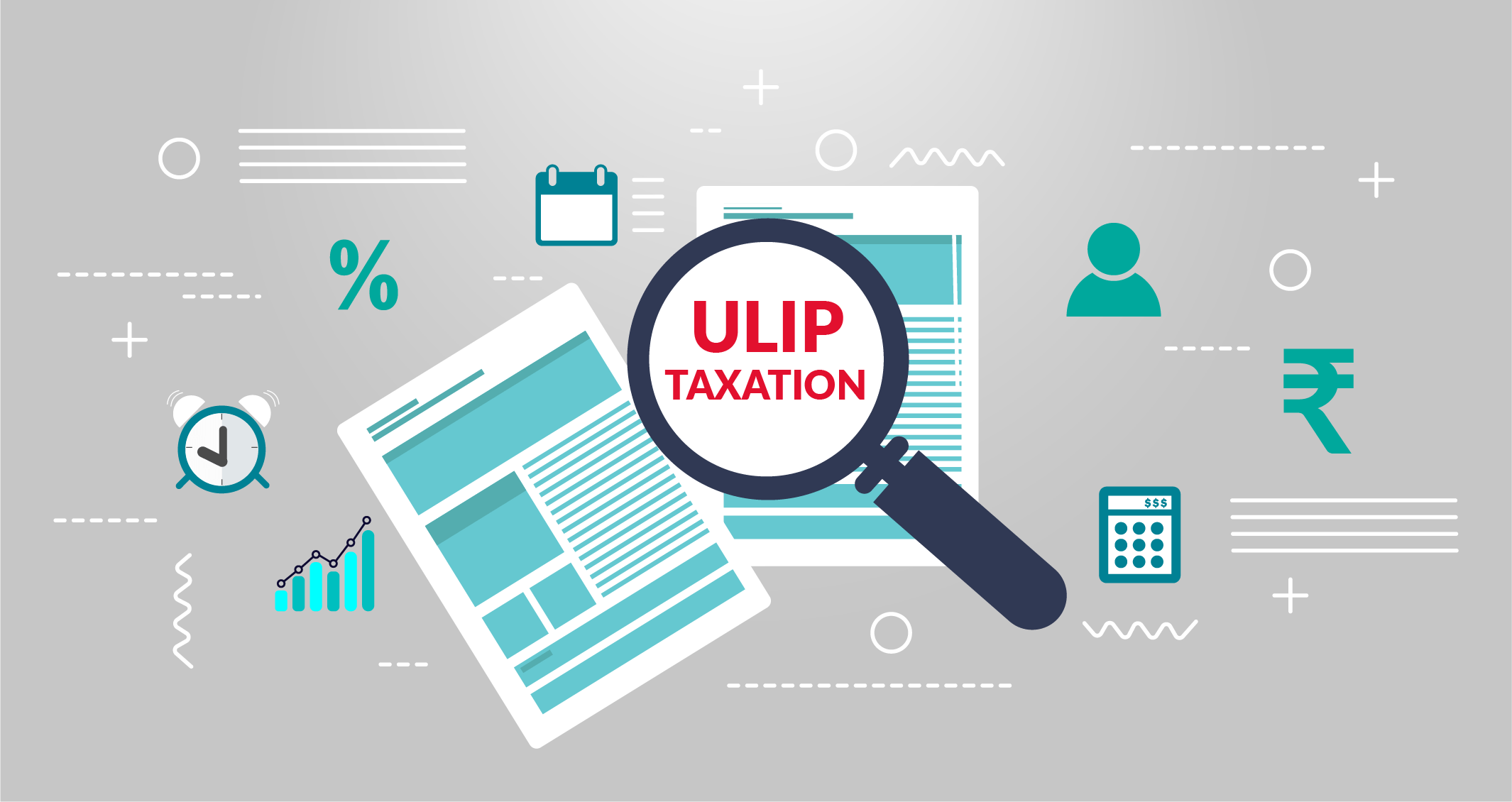Many people know about the tax deductions that life insurance policies offer under Section 80C of the Income Tax Act. However, there is a hidden gem that goes ignored and offers many tax advantages. We are talking about Unit Linked Insurance Plans (ULIPs). In this blog, we will delve into the world of ULIPs and understand the tax advantages. So, let’s dive in.
Table of Contents
What are Unit Linked Insurance Plans (ULIPs)?
Let’s understand the ULIP meaning. A Unit Linked Insurance Plan combines an insurance policy and an investment. That means when the policyholder pays the premium to the insurance company, it is divided into two parts: one part of the premium contributes to the life insurance, and the other part is invested in funds of your choice. In this way, you can get the benefit of life insurance coverage, and you can also grow your money through investments. Customers prefer this kind of plan because of its flexibility and it can be a significant savings plan.
Tax Advantages of Unit Linked Insurance Plans (ULIPs)
Premium Paid
ULIPs offer a tax deduction of Rs. 1,50,000 on the premium you pay for the insurance policy under Sections 10D and 80C of the Income Tax Act 1961. You must continue paying the premiums for the first five years to get this benefit.
Imagine paying Rs. 2,50,000 for a ULIP for a sum assured of Rs. 12,50,000. In this case, the entire premium is eligible for tax benefits under Section 80C, and the maximum tax deduction remains at Rs. 1,50,000 of the annual premium payments.
Death Benefits
In case of the insured person’s demise, the policy nominee can avail of a tax-free withdrawal for the ULIP along with the returns generated by the investments. This benefit is under Section 10 (10D) of the Income Tax Act 1961.
Long-Term Tax Advantages
The lock-in period of ULIP is five years, and in this way, you can enjoy long-term investment benefits on this scheme; you can profit for a minimum of five years by saving on taxes on the premiums, and if you continue the policy even after five years, you can gain more tax advantages for the procedure.
On Maturity
Maturity refers to completing your policy. In the case of ULIP, you get the sum assured or the entire value of the investment, whichever is higher during maturity. The payout you receive on maturity is tax-exempt under Section 10 (10D) of the Income Tax Act 1961. However, the premium amount should be 10% of the sum assured value.

Top Ups
ULIPs offer you the ability to make top-up investments after completing the five-year lock-period, and they are eligible for tax deductions under Section 80C and Section 10 (10D) of the Income Tax Act 1961. But the premium amount should be at most 10% of the sum assured.
Long-Term Capital Gains
ULIP comes with a five-year lock-in period, and the scheme also invests a part of the investor’s money into different funds. The returns from the funds are eligible for long-term capital gains and are tax exempted.
Tax Benefits on Switching Between Funds
ULIPs offer a unique advantage where you can switch between different funds. You can switch between various funds based on your investment goals and market conditions and the process is tax-exempted.
Tax Benefits for NRI Investors
Not only residents of India but also NRIs are eligible for ULIP tax advantages. Under section 80C of the Income Tax Act 1961, the amount received on maturity is eligible for tax benefits.
Tax-Free Partial Withdrawals
In ULIPs, you can also make a tax-free partial withdrawal once you complete the first five years, which is the lock-in period. However, the withdrawal amount should not exceed 20% of the total sum assured. You can make partial withdrawals for any emergency or fulfil financial goals such as marriage, child’s education, home EMI, etc.
ULIP offers Investment, Life Cover, and Tax Benefits Under a Single Plan
ULIP can be a wise savings plan option as it offers benefits that traditional insurance and other investment options such as PPFs and mutual funds do not provide. The primary purpose of life insurance is not to create wealth but to provide safety to you and your family. On the other hand, mutual funds offer you returns but without insurance coverage. On the contrary, ULIPs offer security, wealth creation, and also tax savings in the long term.
Conclusion
Unit Linked Insurance Plans (ULIPs) offer you a unique scheme to protect your loved ones through insurance and grow your money in the long term by investing in funds of your choice. It also helps you save tax through different tax deductions. However, it is crucial to understand the workings of ULIPs while investing in them. It can empower individuals to navigate the financial world with ease.





